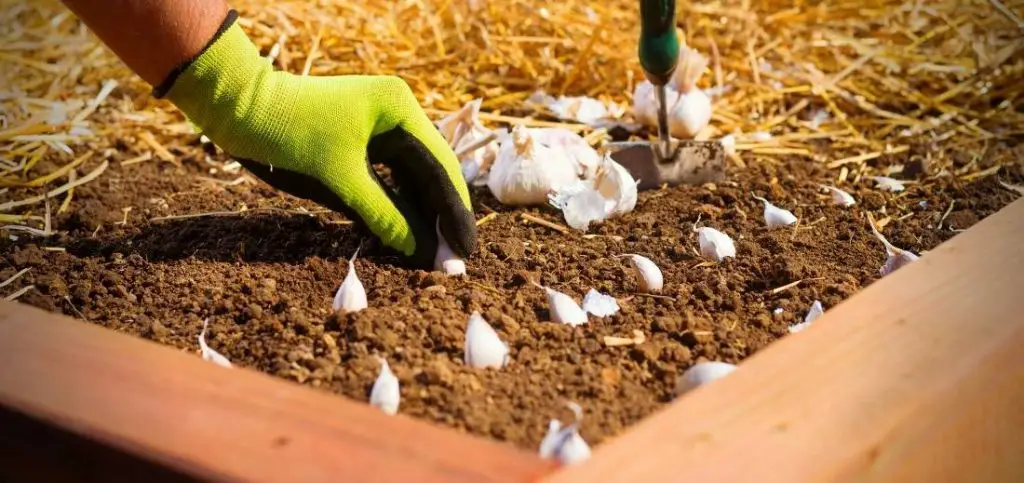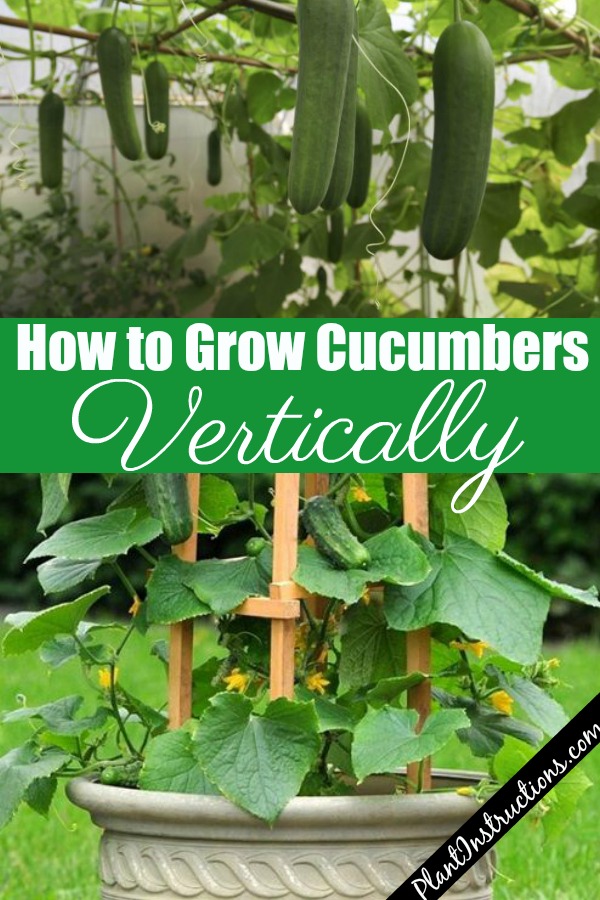Table of Content
- Key Rules for Effective Goat Farm Management: From Planning to Reducing Production Cost
- Potatoes: Another Easy-to-Grow Root Vegetable
- Easiest Vegetables To Grow Indoors Year
- Brinjal Farming Profit, Cost, Yield, Income (Eggplant)
- Greenhouse Farming FAQ Information For Beginners
- Green Beans
- The 10 Easiest Vegetables to Grow at Home
The soil you choose should be loamy- it should drain well- and it should contain compost or manure. Avoid waterlogging or over-watering at all costs because the roots of the lettuce are shallow. This is also why you should steer away from fertilizers unless they’re a must.
Therefore, if you want to harvest your cauliflower in mid-fall, you should be planting it about four to five months earlier. They are very easy to grow because they can grow in any USDA zone and do not take much time to mature. Since radishes are very much vulnerable to bolting and in cooler temperatures, plant your radishes as soon as your soil is set. For this reason, it is recommended to start growing relatively more straightforward species of carrots such as Paris Market or Little Finger. They have a crunchy texture, and they mature way faster than the latter.
Key Rules for Effective Goat Farm Management: From Planning to Reducing Production Cost
After the plants are established, add mulch on top of the soil can help conserve moisture. In general, it's time to harvest when the roots begin to rise and the tops of the carrots are visible, but this won't always happen. Most varieties will be mature and ready to dig up between 60 and 80 days after planting. They're also a low-effort, high-yield garden vegetable, and a great choice for new gardeners. All you need is a container that is at least 10 inches deep and a trellis or cage for the plants to climb.
It recommends growing them in the spring season and full sunlight is needed. To grow healthy plants, add 2 tablespoons of fertilizer consisting of high nitrogen content to each plant. If you have limited space but still want to grow fruits and vegetables, then you can grow lettuce on your balcony.
Potatoes: Another Easy-to-Grow Root Vegetable
However, watering it from the top can cause fungal infections. Radishes are quick growers, with only 30 to 40 days from germination to harvest. They won't need as much light as many other veggies, but make sure they're not too crowded so their bulbs can grow. Low humidity can be tough on indoor plants, so either use a spray bottle to mist them with water each day, or consider investing in a cool-mist humidifier. Brussels sprouts are part of the cabbage family, which includes kale, collards and broccoli.

This reduces the risk of them suffering from shock once you’ve transplanted them and ensure that they are able to withstand a sudden drop in temperature. You can also use your planting diary to note any successes and failures, which can help you figure out what you know works and what you need to improve on. Fill a large container a third of the way full with compost. You want it to be moist at all times but never soaking wet. Space each individual set 2-4 inches apart on all sides. By using secateurs you can create a clean cut when you harvest, which makes it easier for the plant to heal and reduces the risk of disease setting in.
Easiest Vegetables To Grow Indoors Year
You can fill the bottom of the container with coarse gravel before pouring the soil. Make sure you don’t forget to water your plants once they are out in your balcony gardens. Add enough organic matter for whatever you start with so that the modified soil is neither sandy nor compact.

When you begin planting them, leave ample space in the pot, plant them in deep and drill holes in the pot of it doesn’t have any for drainage. Fertilizer your tomatoes and water them regularly (but remember that over-watering causes blossom end rot). You can add mulch in your pot to keep the soil moist.
Another thing you’ll need to remember when growing chilies is that they like heat at all times. If you live in a part of the country with consistently warm temperatures then you shouldn’t have any issues growing them outdoors. As soon as white flowers start emerging, the chilies will soon follow. They’ll be ready to harvest once they’ve reached the final color of the variety you’ve chosen. Once each seedling has two true leaves, transplant them into individual containers and increase their container size as they continue to grow. Now it’s just a matter of harvesting them when they are ready!
Wait until there’s no danger of frost to sow them directly into the garden, or start them indoors and transplant them later into a sunny spot. They need lots of room for their vines to grow and plenty of compost worked into the soil. Fertilize and water them regularly, and read your seed packet to know when to harvest. Lettuces are great for beginning gardeners, and they’re also some of the easiest vegetables to grow at home. They grow fast, take full sun but tolerate some shade, and can be tucked between other fruits and veggies or into containers.
Grow seedlings inside at first and transfer them outdoors in May. As they grow, be sure to watch for signs of blight, which is an issue in many regions in the United States. Eggplant is an excellent vegetable for summer cookouts as it can be sliced, placed directly on the grill, and even used as a meat substitute. Lettuce is a staple in salads, and most lettuce can tolerate full sun or partial shade, especially in hot and sunny environments.

Read the seed label to find “days to maturity” so you know when to harvest specific types—you don’t want to wait too long because they’ll get tough. You’ll need a container that is at least 6 inches deep and drains well. Plant the seeds with the spacing of 1 inch between them. The soil can be clayey or loamy with organic matter mixed in well. The tricky part is balancing the amount of sun and water.
Another delicious herb from the Mediterranean, Rosemary isn’t only easy to care for but it comes with the added bonus of being evergreen. You do need to be a little careful about where you plant mint though. It’s best to give it its own container rather than mixing it with other vegetables. This is because it grows on runners which can quickly overtake an entire flowerbed. Sowing seeds intermittently across bi-weekly periods will give you a steady supply of fresh, crisp salad leaves all year round. However, if the temperatures where you live are less reliable, you might be better off keeping them in a greenhouse or on a sunny windowsill indoors.
A cool climate (no more than 23° C) is required for lettuces and spring is the ideal period of planting. Tomatoes are a warm-weather loving plant, but that doesn't mean they're hopeless indoors. They'll need a lot of light, about 14 to 20 hours a day. Like peppers, they're self-pollinating, but you can also shake them to help the pollen fall from flower to flower. Smaller varieties tend to do better in containers, and you'll find the seeds germinate fairly quickly.
However, they are pretty easy to grow at home given a few simple supplies a sunny windowsill and a small container. In only 2 to 3 short weeks from planting to harvest microgreens can be garnishing your own homemade plates. Potatoes are easy to grow in large baskets buckets or even plastic sacks leave a little room at the top. You need to provide sunny space and water don’t do much wet. Kale is leafy green vegetable or also called leafy cabbage which is surprisingly easy to grow indoors. The trick is to sow the seeds a little farther apart to get the plants adequate room to grow.


No comments:
Post a Comment